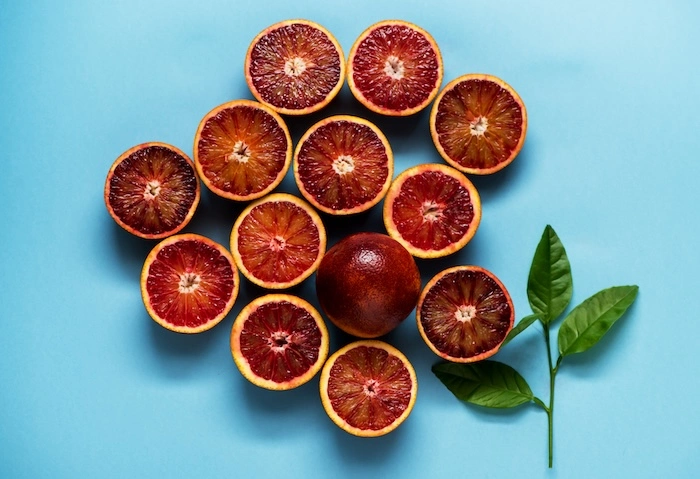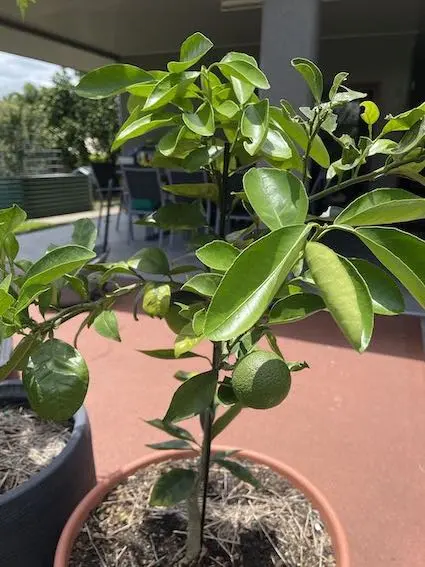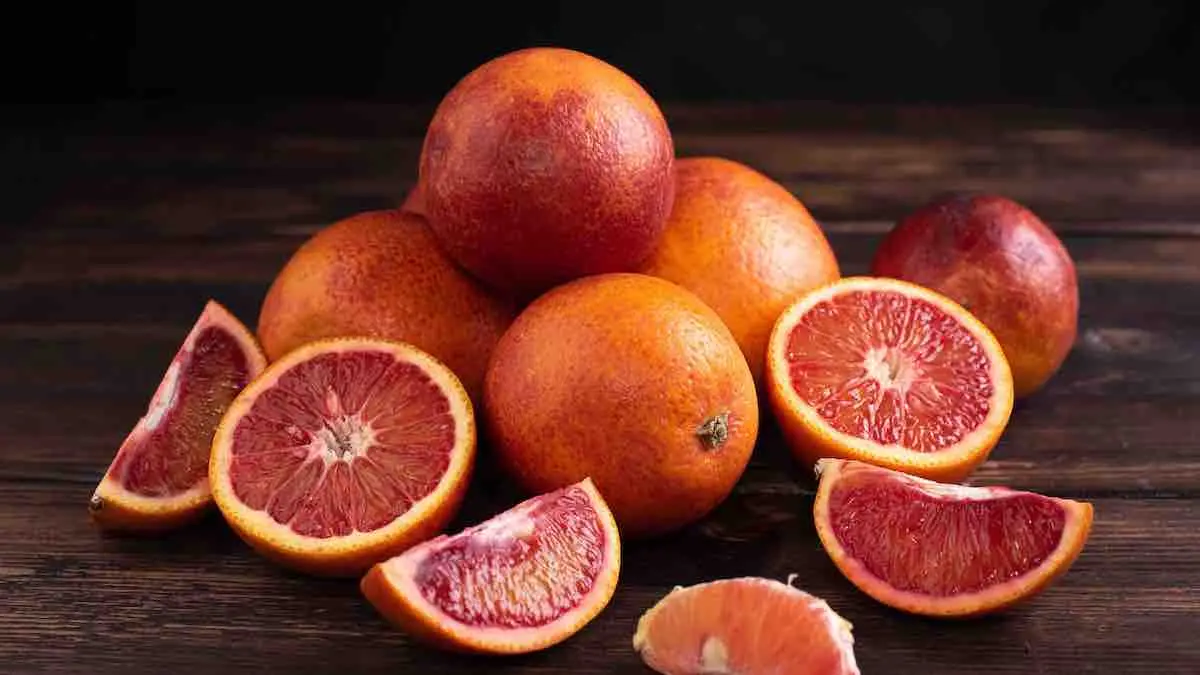Table of contents
Growing Blood Orange in Australia
Growing blood orange is easy in the tropics. A ‘blood orange’ is a variety of orange with crimson, near blood-coloured flesh. The white blossoms have a delicious scent and the fruit is awesome. This tree loves warm climates.

Blood Orange Tree Size
Blood orange trees typically reach a height of 10 to 15 feet (3 to 4.5 meters) when grown outdoors in the ground. Their spread is similar, making them relatively compact as citrus trees go. When grown in containers, such as on a patio, they tend to stay smaller, reaching around 6 to 10 feet (1.8 to 3 meters).
Key Factors Affecting Size
- Pruning: Regular pruning helps control the size and shape, especially in container-grown trees.
- Rootstock: Grafted trees can vary in size depending on the rootstock used.
- Container Size: Trees grown in smaller containers are naturally more compact.
Blood orange trees are suitable for both gardens and patios, and they adapt well to pruning if a smaller size is preferred.
Dwarf Blood Orange Tree
A dwarf blood orange tree is an excellent choice for those wanting a smaller, manageable citrus tree that produces the distinctive sweet, tangy, and deep-red oranges.
Dwarf blood orange trees generally reach 4 to 6 feet (1.2 to 1.8 meters) when grown in containers, and up to 8 feet (2.4 meters) if planted directly in the ground and try to provide full sun for at least 6-8 hours a day and plant them in
Soil: Well-draining, slightly acidic soil is best, though they can tolerate a range of soils if they drain well.
Their small size makes them ideal for patios or indoors.
With the right care, a dwarf blood orange tree can be a beautiful and fruitful addition to a home garden or indoor space.
How to Grow Blood Oranges from Seed
You can grow a blood orange tree from seed. However, it will be slow to get going and take longer to fruit than a grafted tree.
Consequently, these trees are overwhelmingly grown by grafting. This is done by using the rootstock of another citrus fruit.
Time needed: 4 minutes.
How to grow blood oranges from cuttings.
- Select cutting: Make sure the cutting is at least 20cm (8in) long and has 4 nodes (nodes are the knobby areas on the stem from where the leaves grow).
- Prepare cutting: Remove leaves from the bottom half of the cutting.
- Apply hormone: Put the end of the cutting into the rooting hormone mixed with water.
- Potting: Push a small hole in your potting mix. Then put the cutting in the hole and firm up the soil so it can stand on its own. Make sure the soil is damp to the touch, but not water-logged.
- Transplant: When your seedling fills the pot, transplant it into your growing spot in your tropical garden.
Location and Soil
Blood orange trees will grow in most soil types, regardless of the ph. However, they should be planted in a well draining location. While they thrive in the tropics they can also grow in other areas.
This tree thrives in full sunlight and enjoys high humidity. Hence, it is a fine candidate for tropical gardening.
Growing Blood Orange Indoors
Growing a blood orange tree indoors can be a rewarding way to enjoy fresh citrus even in cooler climates. Here’s a guide to successfully cultivating blood oranges indoors:
Opt for dwarf blood orange varieties like the Moro or Tarocco, which are smaller and easier to manage indoors. Dwarf varieties grow to a manageable size (4-6 feet) and are better suited to indoor container growth.
Blood oranges need 8-12 hours of sunlight daily. Place the tree in a south-facing window with bright, direct sunlight. If natural light is insufficient, supplement with full-spectrum grow lights to ensure adequate light for growth and fruiting.
Keep the plant away from cold drafts, air conditioning, and heating vents, as they can stress the tree. Moderate indoor humidity helps—consider placing a tray with water and pebbles near the plant to increase local humidity.
Regular pruning keeps the plant at a manageable size and promotes fruit production. Growing blood oranges indoors may require some attention to detail, but with the right care, they can thrive and produce delicious fruit.
Growing Blood Orange in Pots
It is easy to grow citrus in a pot. Firstly, you should purchase a dwarf variety of the citrus you want to grow. These are readily available at most nurseries.
Second, you need and the correct size pot. A large 76 litre (20 gallon) pot is ideal. Make sure it has drainage holes. The addition of some heavy-duty coaster or wheels is a good idea (especially if you ever need to move it).
Finally, select a well-draining, commercial potting mix that will drain well. Avoid buying any potting soil with chemical wetting agents which will make the soil too wet and potentially rot the roots.

Blood Orange Tree fertiliser
We use organic fertilisers, as they are safe and natural. The organic fertilisers that we use are compost, manure and bone meal.
Pests and Disease
Root rot can be a problem with these trees. So while mulching is recommended, you should pull back the mulch a few centimetres from the base of the tree.
The pests of these trees include mealybug, aphids and fruit fly. However, regular application of ‘white oil’ can help address some of these pests. Indeed, white oil is an effective organic pesticide that you can make at home.
Neem oil is also an organic solution to pests which is effective against certain insect and fungal disease.
Are blood oranges good for you?
Blood oranges are high in vitamin C. In addition, they have five other vitamins and minerals essential to your health. These are potassium, folate, copper, magnesium and B vitamins.
Blood Orange Tree Bunnings
Blood orange trees can be purchased from Bunnings in a pot from the nursery section. However, why not consider supporting a local nursery? They often have what you need and a lot more besides. Also, often local nurseries sell products suited to the local climate.
Thank you for reading and all the best with growing your blood orange tree.

